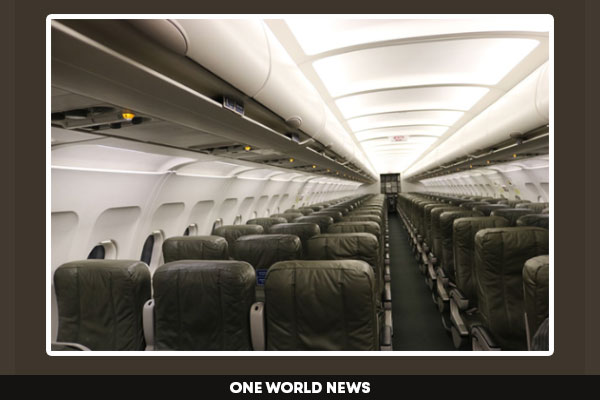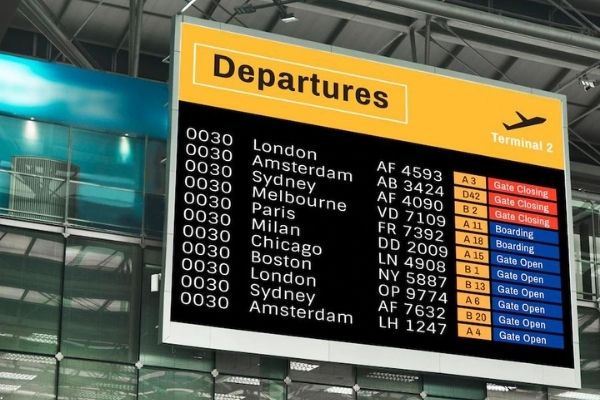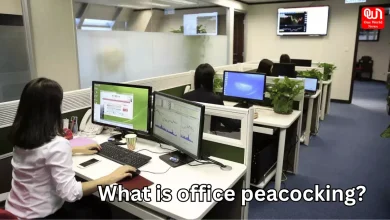
Ghost Planes are taking a major toll on climate. Is it not the responsibility of the West to be accountable for their carbon footprint?
Highlights:
- What are Ghost planes?
- How many ghost flights are operating?
- What is the argument by the aviation industry?
- Why is this happening only in Europe?
- What is the EU saying?
As per the Public knowledge, the aviation sector is one of the most carbon-intensive sectors that add massively to the already pervasive climate crisis.
The global aviation industry produces around 2.1% of all human-induced carbon dioxide emissions and 12% of emission among all transport sources.
However, there is an addition to such a reason, which is taking a major toll on our climate, that is, Ghost planes.
What are Ghost planes?
Ghost planes are empty or nearly empty airplanes flying their regular route. They are those flights that regularly fly with no passengers or less than 10% of passenger capacity. According to the Greenpeace investigation, at least 1,00,000 such empty planes are flying all over Europe. This phenomenon is causing climate damage equivalent to emissions from 1.4 million cars.
Reason
To us, the very idea of Ghost planes probably sounds monumentally pointless. However, this is happening because of one EU regulation dating back to 1993.
Usually, airlines must stick to the 80:20 rules, meaning the norm requires airlines to run at least 80% of flights to keep their landing slots. Airlines complete this condition to get these lucrative slots. They feel obliged to run empty planes to keep slots from getting into the hands of market competitors.
Due to the pandemic, the rule was suspended before and was reintroduced with a 50% threshold in October 2021, but it was said to be increased to 64% of flights in March 2022. That somehow led to even more empty planes in the air. The German airline Lufthansa is the only airline admitted to having operated ghost lines.
How many ghost flights are operating?

Recently, Lufthansa Group had warned that it was facing the prospect of 18,000 superfluous flights over the six-month winter season to retain its slots under European rules.
Though Lufthansa did not specify which destinations and aircraft are used, a conservative estimate of a greenhouse gas effect equivalent to 20 tons of Co2 emissions per flight means that Lufthansa’s ghost flights alone would cause damage to the climate equal to 360000 tons of co2.
Other airlines have not communicated the number of ghost flights. However, if other airlines are operating ghost flights about their market shares- Lufthansa’s in Europe is around 17%- the total number of Ghost planes in Europe could be slightly above 100000.
This number of flights causes damage to the climate equivalent to 2.1 million tonnes of co2, or the yearly emissions of about 1.4 million average diesel or petrol cars!
What is the argument by the aviation industry?
Recent publicity around this usage requirement has sparked controversy and anger at growing international concern over climate change and the carbon emissions created by the aviation industry.
Airport industry representatives, meanwhile, are defending it, by arguing that it cannot change its approach, “Those ghost flights are happening because airlines are required to conduct a certain proportion of their planned flights to keep slots at high-trafficked airports.”
Why is this happening only in Europe?
According to Lufthansa Group CEO Carsten Spohr, “In almost all other parts of the world, climate-friendly exceptions have been found in times of pandemic. The EU does not allow this in the same way.”
Both the EU and Lufthansa have, on paper at least, pleaded to half their carbon emissions within the next decade.
This debacle however is precisely the opposite of the pledge.
What is the EU saying?
Today's flight map looks like someone's kid got loose with the airplane stamp pic.twitter.com/4AIodz3JR5
— Official Tiki Bartender & Funkadelic Bass Man (@ghostMonkeyZwei) April 17, 2022
The EU in a bind- on one hand, it needs to ensure that airport slots are open to proper completion, allowing newcomers to vie for them if they are not used sufficiently, and on the other, it wants to keep polluting planes from flying as much as possible.
EU Transport Commissioner Adina Valean in 2021 acknowledged the threat of Omicron to the travel industry, but no new regulations have been announced.
The aviation sector creates about 14% of the carbon emissions from overall transport, making it the second-biggest source of transport greenhouse gas emissions after road travel.
However, the sector has promised to meet its climate agreement goal through a combination of climate initiatives, and increased use of sustainable aviation fuel.
It is essential to develop a fair system that would allow airlines to make their connections without losing so much fuel and emitting co2. While we are constantly asked to reduce our carbon footprint, the disregard shown by industrial sectors in doing so shows their sheer ignorance and insincerity. Climate change activists and environmental bodies, noting the wasted jet fuel and carbon dioxide emissions (CO2), have heavily criticized ghost flights.
How can we hold industrial sectors that flout carbon emission and add to the climate crisis accountable? Not forgetting the fact that Ghost planes, however, are anything but sustainable!








